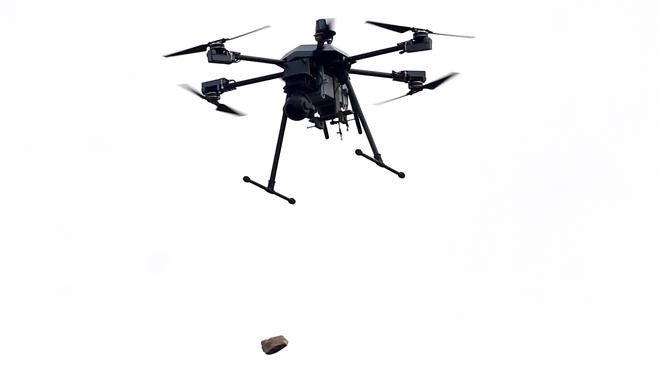
Tear gas

16.02.2024
Tear gas , Daily Current Affairs , RACE IAS : Best IAS Coaching in Lucknow
|
For the Prelims: About tear gas |
Why in the news?
Recently the Haryana Police dropped tear gas shells from unmanned aerial vehicles (UAV) on protesting farmers at Shambhu Barrier on the Punjab-Haryana boundary.
Key Point
The Haryana Police has become the first police force in India to use drones to launch tear gas devices.
About tear gas:
- Tear gas which is also known as a lachrymatory agentor lachrymator is a chemical weapon that stimulates the nerves of the lacrimal gland in the eye to produce tears.
- The tear gas can cause severe eye and respiratory pain, skin irritation, bleeding, and blindness.
- Common lachrymators which are used as tear gas include pepper spray (OC gas), PAVA spray (nonivamide), CS gas, CR gas, CN gas (phenacyl chloride), bromoacetone, xylyl bromide and Mace (a branded mixture).
- While lachrymatory agents are commonly deployed for riot control by law enforcement and military personnel, its use in warfare is prohibited by various international treaties.
- Exposure to tear gas agents may produce numerous short-term and long-term health effects.
- The effects include development of respiratory illnesses, severe eye injuries and diseases (such as traumatic optic neuropathy, keratitis, glaucoma, and cataracts), dermatitis, damage of cardiovascular and gastrointestinal systems, and death, especially in cases with exposure to high concentrations of tear gas or application of the tear gases in enclosed spaces.
- Tear gas generally consists of aerosolized solid or liquid compounds (bromoacetone or xylyl bromide) and not gas.
- It works by irritating mucous membranes in the eyes, nose, mouth and lungs.
- It causes crying, sneezing, coughing, difficulty breathing, pain in the eyes, and also temporary blindness.
- With the tear gas symptoms of irritation typically appear after 20 to 60 seconds of exposure and commonly resolve within 30 minutes of leaving (or being removed from) the area.
Source: The Hindu